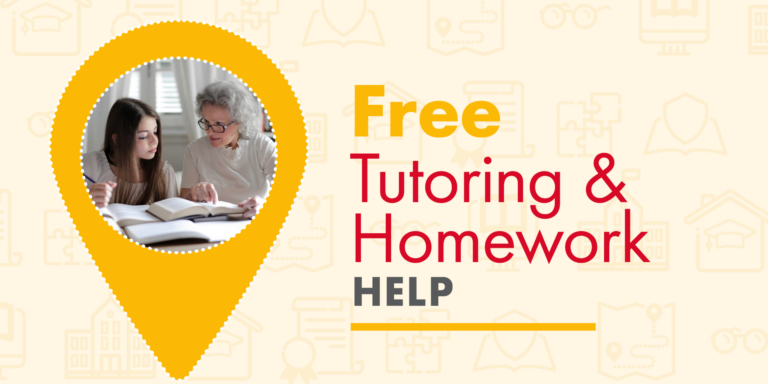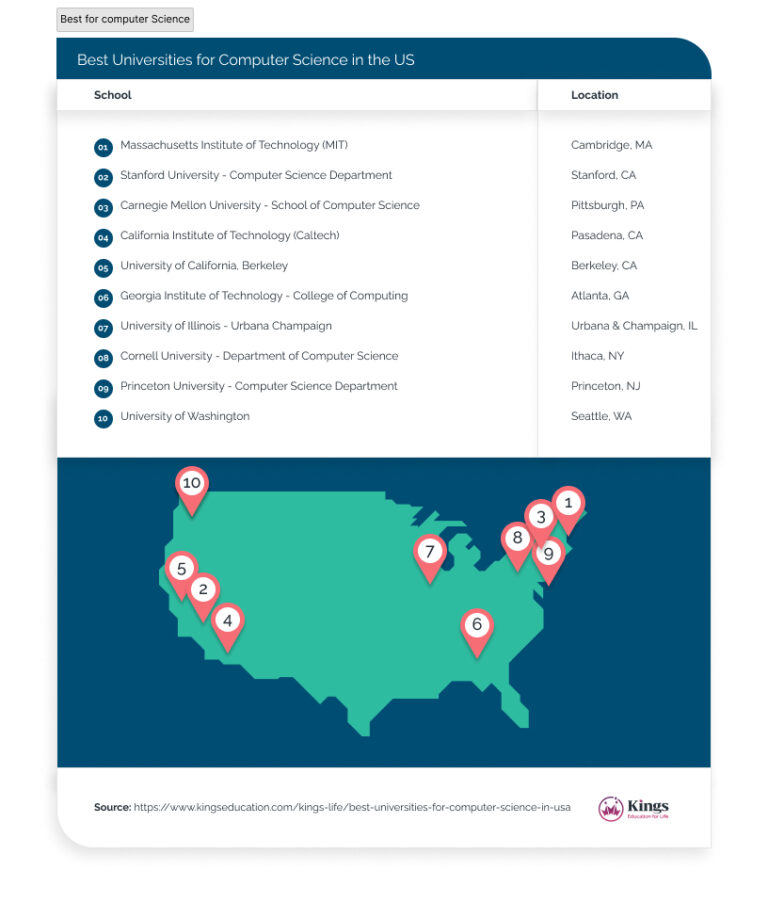Education Technology Tools for Teachers: Enhancing the Classroom Experience
In today’s digital age, education technology tools have become indispensable for teachers, enabling them to create more engaging, efficient, and personalized learning experiences. From interactive lesson plans to collaborative platforms and real-time assessments, these tools are transforming the way educators approach teaching. Whether you’re a veteran educator or just beginning your career, understanding and utilizing the right tech tools is key to fostering student success and staying ahead in the ever-evolving classroom environment. This article explores the most effective education technology tools for teachers and how they can be used to enhance teaching and learning.
How Education Technology Tools Improve Teaching Efficiency
One of the biggest benefits of education technology tools is the increase in teaching efficiency. These tools help automate routine tasks, such as grading and attendance, allowing teachers to focus more on delivering high-quality lessons and engaging with students. Tools like Google Classroom, Microsoft Teams for Education, and other learning management systems (LMS) streamline communication between students and teachers, providing a central platform for assignments, feedback, and announcements.
In addition to saving time, these tools also help teachers organize their teaching materials more effectively, keeping everything accessible in a digital format. With tools that integrate seamlessly with cloud-based storage, teachers can quickly update and share resources with students, ensuring smooth transitions between lessons and classes.
Interactive Learning Platforms: Boosting Student Engagement
Interactive learning platforms are revolutionizing how students engage with educational content. Tools like Kahoot!, Quizizz, and Nearpod create fun, interactive quizzes, polls, and games that make learning more enjoyable. These platforms allow teachers to gauge student understanding in real time, providing instant feedback and adapting the lesson to better meet student needs.
Interactive platforms also offer opportunities for collaboration, allowing students to work together on assignments, participate in live discussions, and share their learning with peers. This collaborative approach fosters a sense of community and increases motivation by making learning feel less like a passive activity and more like an engaging experience.
Personalized Learning with AI-Powered Tools
Artificial intelligence (AI) is one of the most exciting innovations in education technology, offering personalized learning experiences for students. AI-powered tools like Squirrel AI and DreamBox Learning adapt the content and difficulty of lessons based on each student’s learning pace and performance. These tools help teachers tailor instruction to meet the unique needs of every student, ensuring that no one is left behind.
AI tools can also provide real-time data on student progress, helping teachers identify areas where students may be struggling and offering targeted interventions. With AI, teachers can better support diverse learners, including those with special needs, by providing a more customized learning experience.
Real-Time Assessment and Feedback Tools for Teachers
Assessment tools have evolved beyond traditional testing methods. Today, real-time assessment tools allow teachers to monitor student progress instantly, providing valuable insights into their understanding and mastery of topics. Tools like Edpuzzle, Flipgrid, and Formative enable teachers to assign quizzes, polls, and video-based assessments that offer immediate feedback to students.
These tools not only help in identifying knowledge gaps early on but also encourage active participation from students. By using formative assessments throughout the learning process, teachers can adjust their teaching strategies to ensure that each student receives the support they need to succeed.
Collaboration and Communication Tools: Fostering a Connected Classroom
Collaboration and communication are essential components of modern education, and the right tools can greatly enhance both. Platforms like Slack, Microsoft Teams, and Zoom have become essential for facilitating communication among teachers, students, and parents, especially with the rise of hybrid and remote learning environments. These tools offer instant messaging, video calls, and file-sharing capabilities, allowing educators to stay connected with students and their families.
Moreover, collaborative tools like Padlet and Google Docs allow students to work together on projects in real time, fostering teamwork and creativity. These platforms not only enhance communication within the classroom but also provide a platform for global collaboration, allowing students to connect with peers from around the world.
Frequently Asked Questions
1. How do education technology tools improve student learning?
Education technology tools enhance student learning by providing interactive, engaging, and personalized experiences. These tools enable teachers to adapt lessons to meet individual student needs, increase participation, and offer immediate feedback to help students stay on track.
2. What are the best tools for personalized learning?
AI-powered tools like Squirrel AI, DreamBox Learning, and McGraw Hill’s ALEKS are excellent for personalized learning. They adapt the learning content based on each student’s progress and provide insights to teachers, enabling them to offer customized instruction.
3. How can teachers use technology for real-time assessment?
Tools like Edpuzzle, Flipgrid, and Formative allow teachers to assess student progress instantly through interactive quizzes, video responses, and polls. These tools provide immediate feedback to both students and teachers, helping to identify areas that need improvement.
4. What are the benefits of collaborative learning tools?
Collaborative learning tools like Google Docs and Padlet allow students to work together in real time, fostering teamwork, creativity, and critical thinking. These tools enhance communication, making group work more efficient and inclusive, even in remote or hybrid learning environments.
5. Are education technology tools easy to integrate into the classroom?
Yes, many education technology tools are designed to be user-friendly and easily integrated into existing classroom routines. With cloud-based platforms and intuitive interfaces, teachers can quickly adopt and start using these tools without requiring extensive technical expertise.

